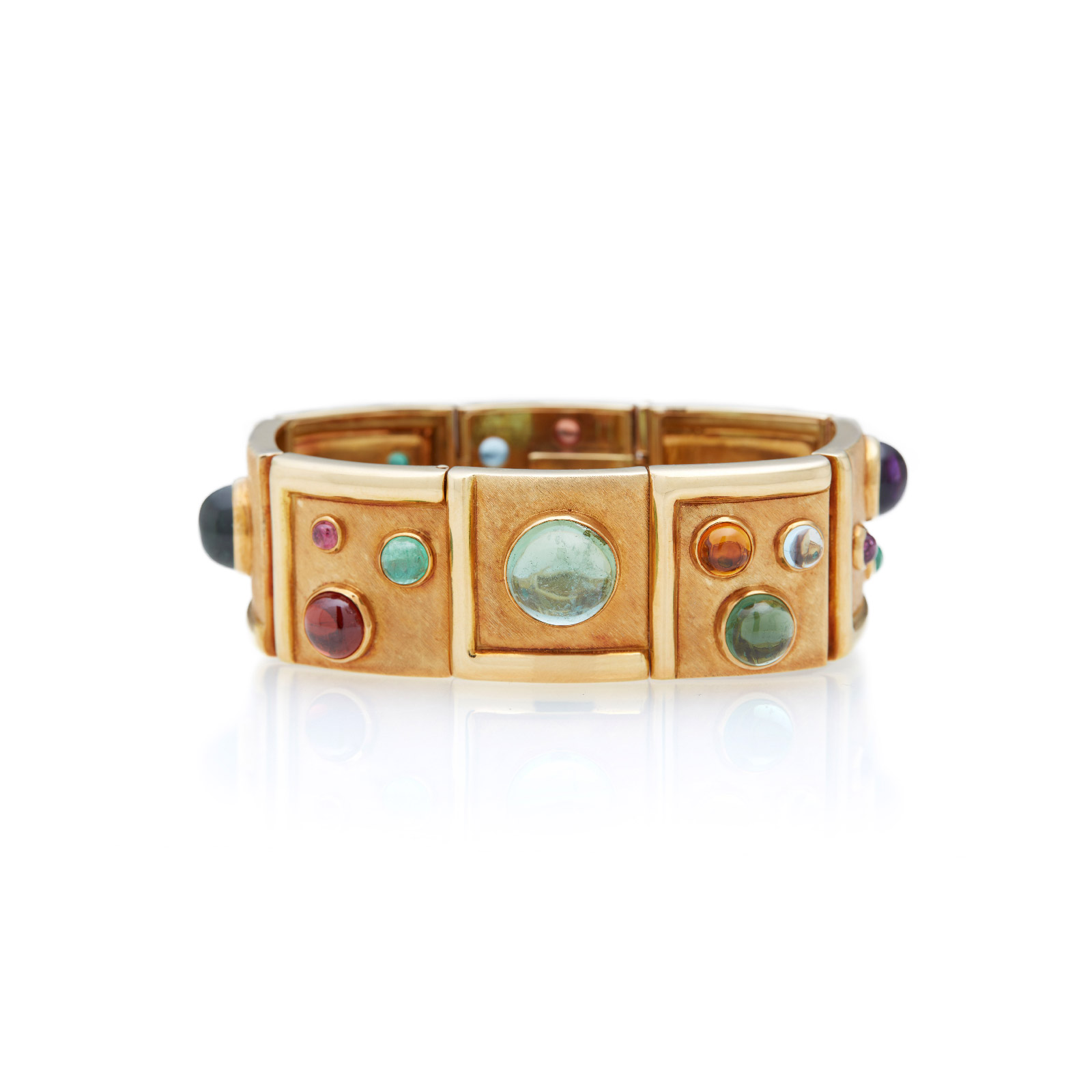Jewels by Brazil’s Burle Marx Brothers reflect truly the spirit of Rio through the designs by the talented duo.
The boardwalk of swirling black and white pebbles at Copacabana beach is one of the most famous sites in Rio. It was designed by Roberto Burle Marx in the 1930s. He also designed the shapes for outrageously imaginative gems that were set in jewels created by his brother Haroldo Burle Marx.
The Burle Marx brothers were from a well to do family of German descent, distantly related to Karl Marx, who emigrated to Rio in 1895. Roberto, Haroldo and their brother Walter all excelled in creative fields. They were referred to the siblings as “the most amazing and talented brother act in Brazil.” Walter was a composer, pianist and conductor of the Rio Philharmonic. Roberto had many creative talents above and beyond landscape architecture. He was a painter, sculptor and botanist among other things. Haroldo was solely focused on jewelry.
A designer, lapidary and gemologist, Haroldo ran a successful workshop in Rio from the 1930s through the 1980s. When dignitaries visited Brazil, the government often commissioned Haroldo to create pieces to present to them. For example to Japan’s Empress Nagako or Queen Margrethe of Denmark.
Haroldo’s jewelry is at once organic and architectural. When his pieces were set with gems designed by his brother Roberto the combination was something truly special. The gems Roberto conceived were in a style called the Forma Livre Cut or free form cut. The shapes transform Brazilian precious gems into architectural elements in the jewels. In conjunction with the unusual forms of the precious metal, there is a movement to the jewelry comparably to the swirls seen in the pebbles of Copacabana beach.


